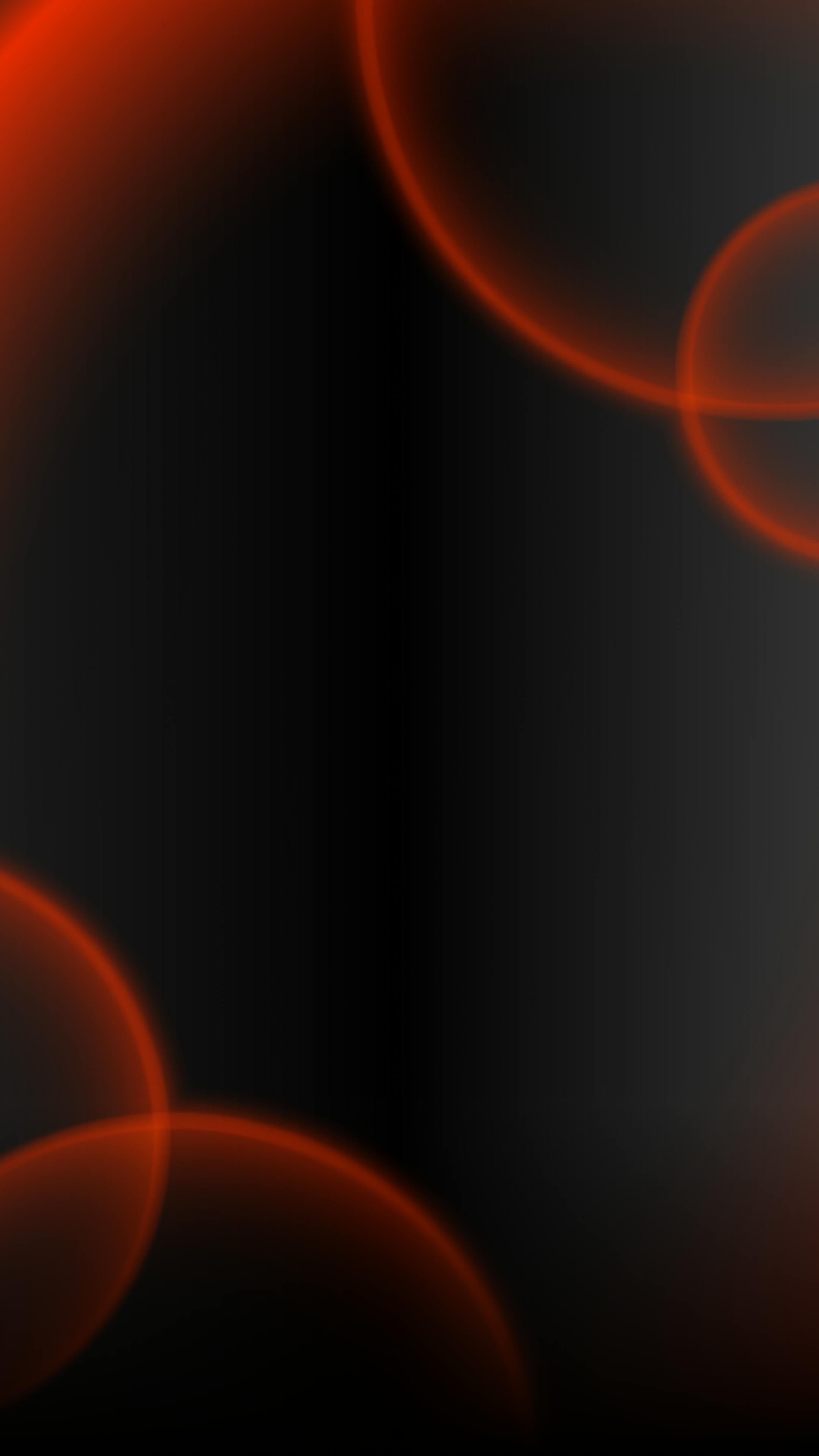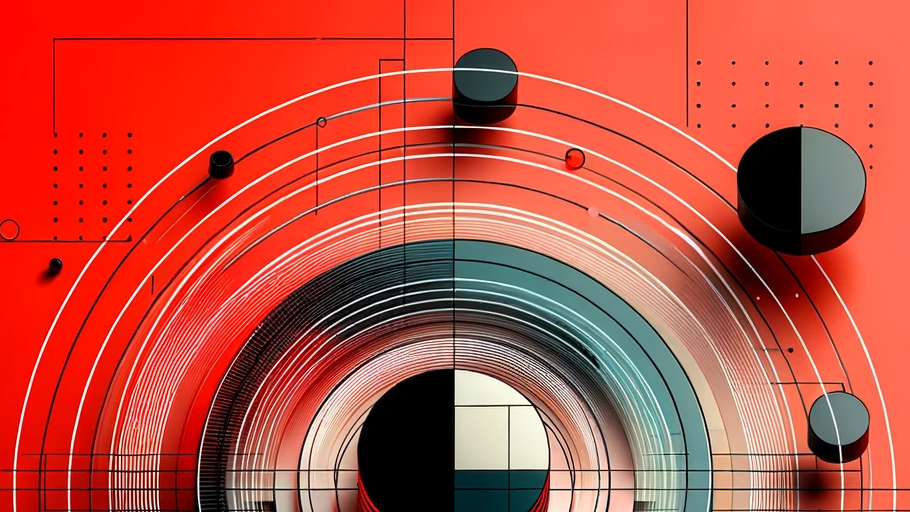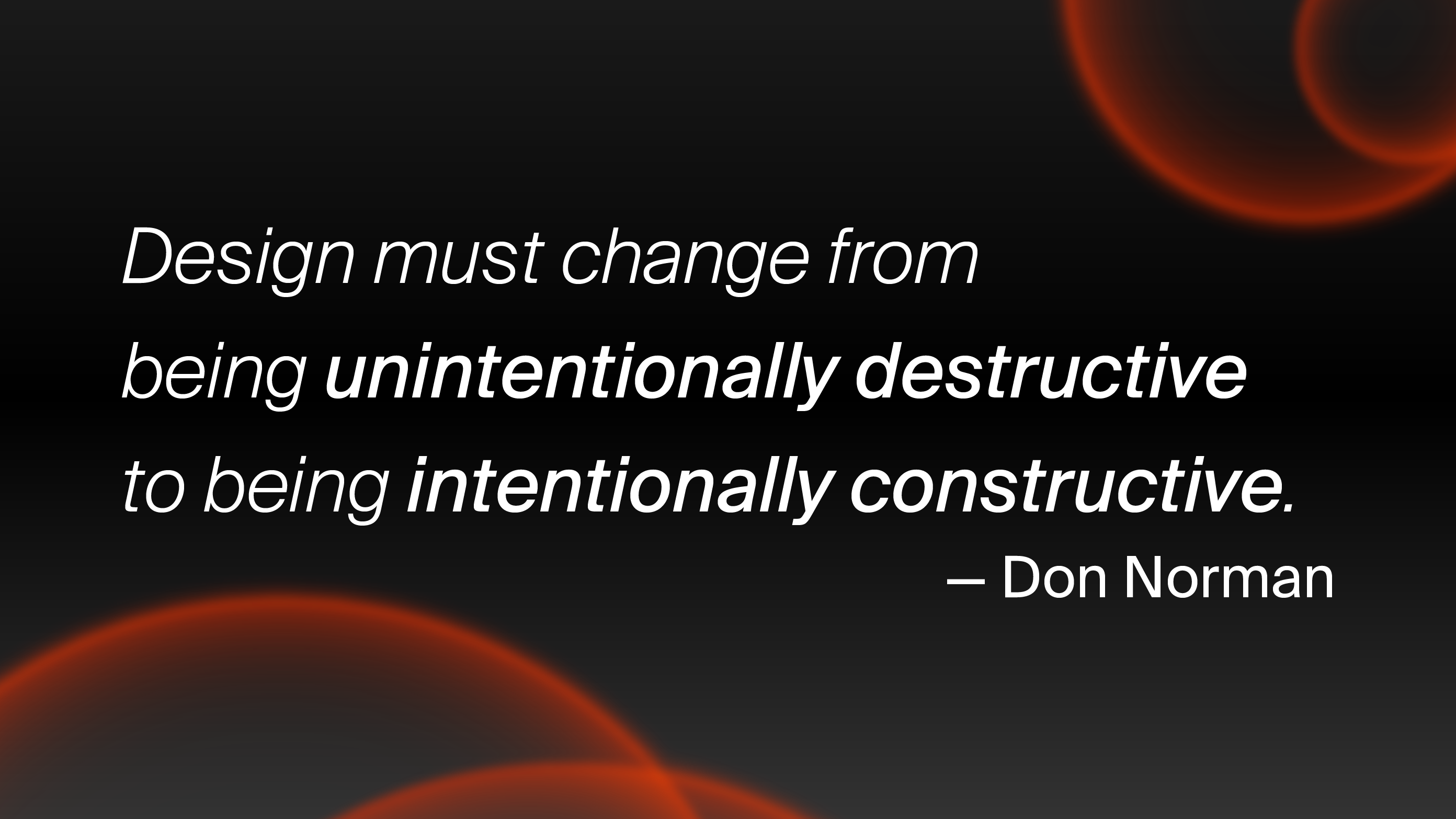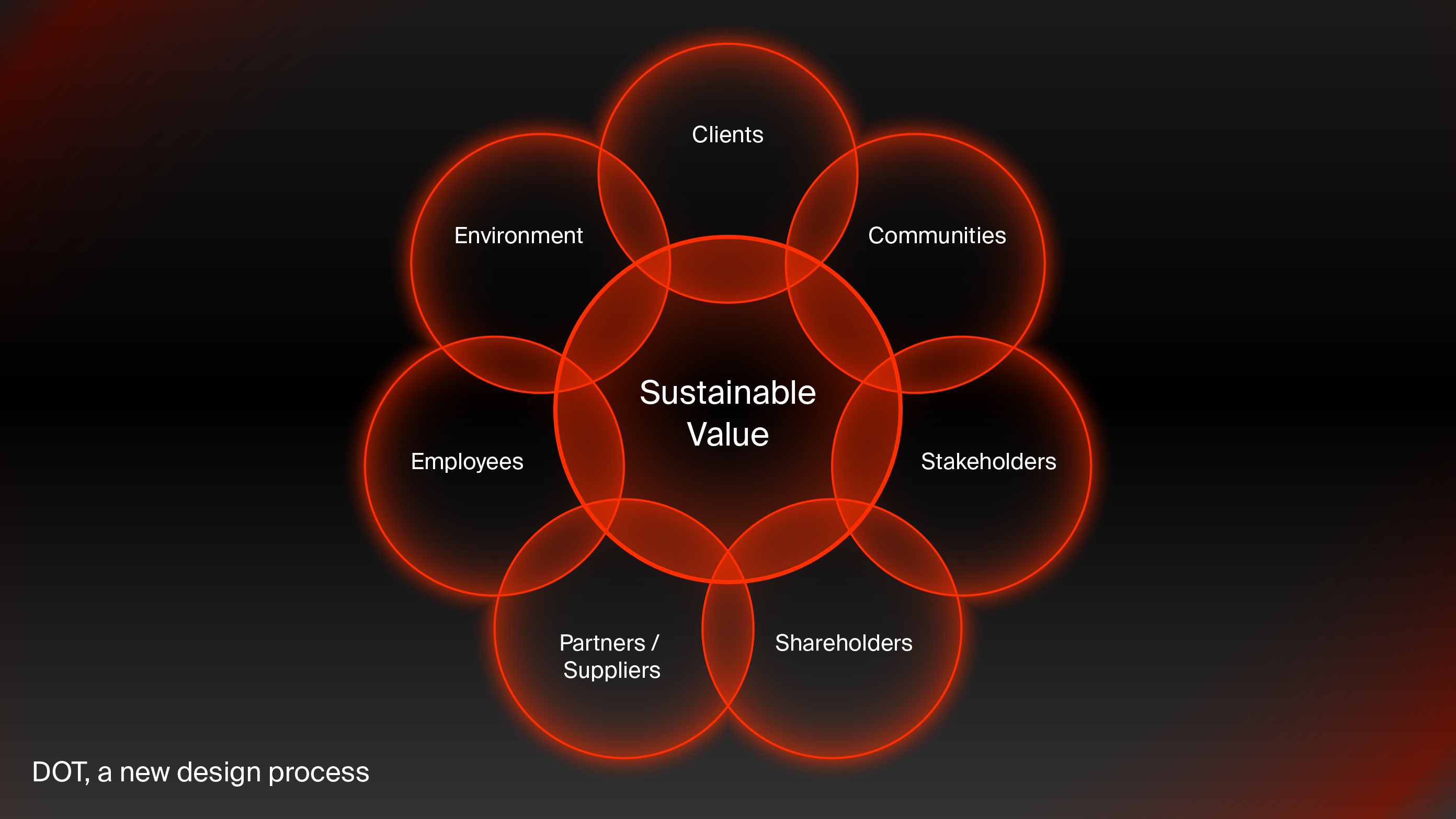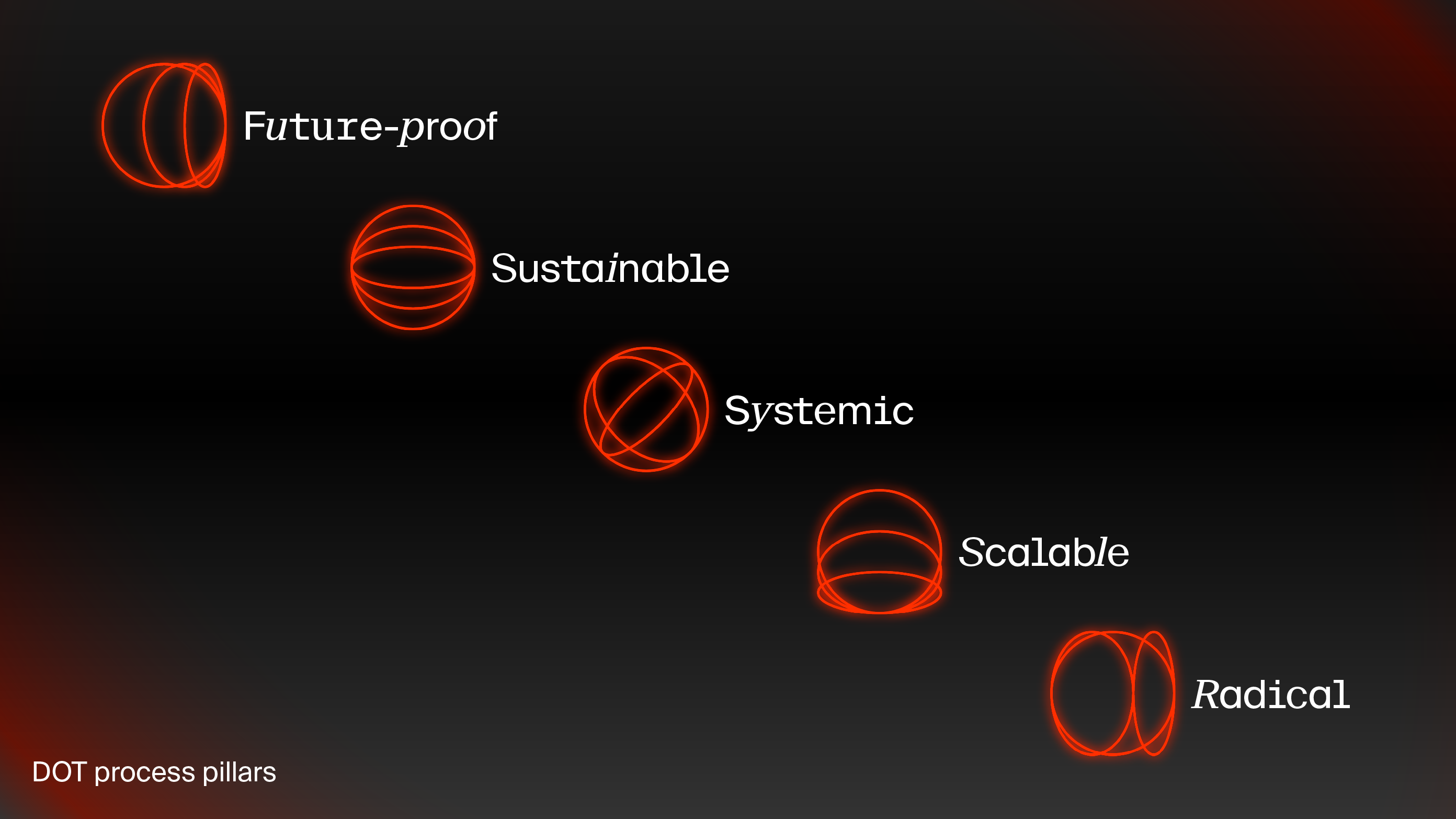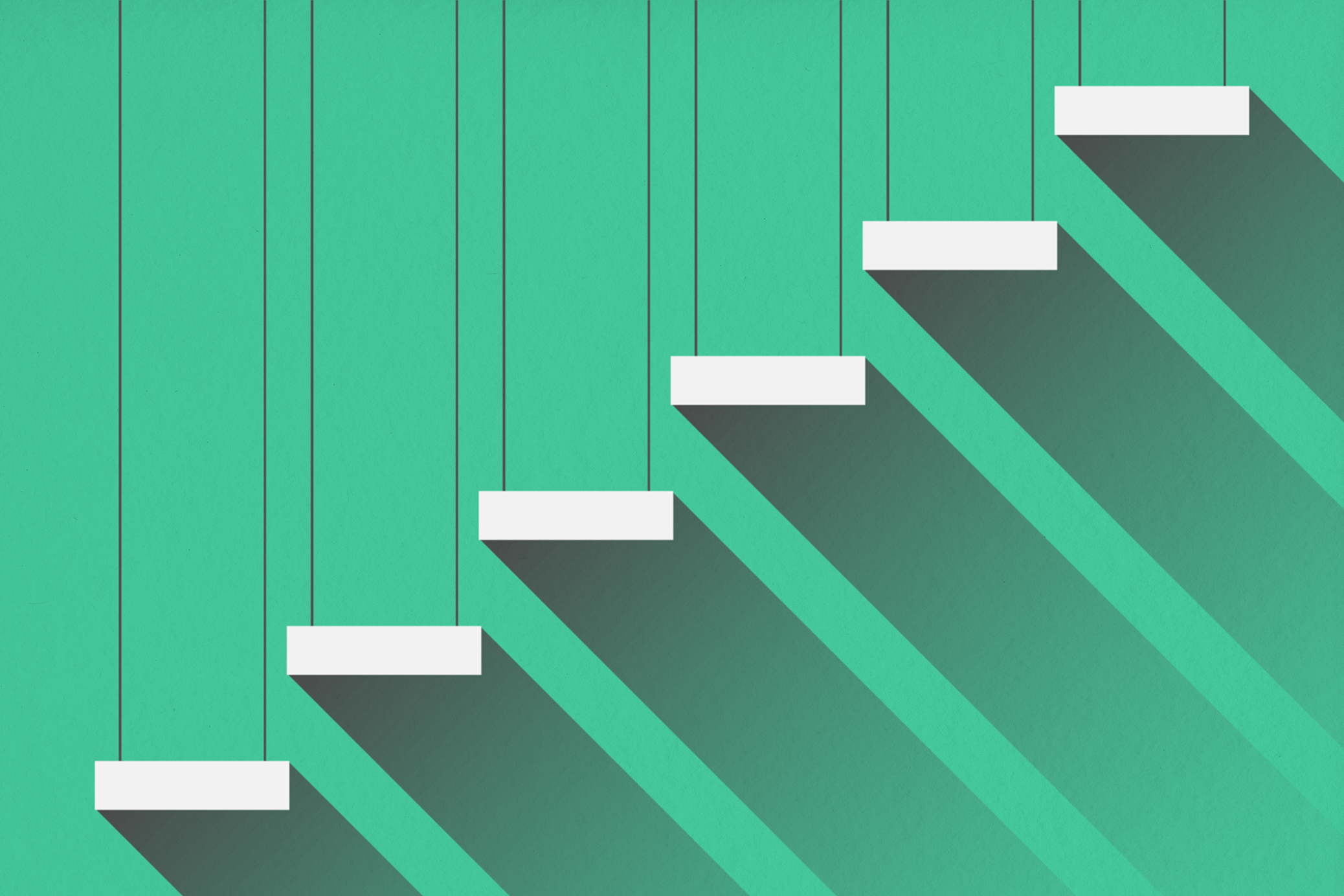Today, we face many pressing challenges, including climate change, pandemics, conflicts, economic turmoil, and migrations. At the same time, the nature and complexity of the projects we undertake are ever-expanding. With products and services becoming increasingly integrated into the fabric of our lives, it becomes imperative for us designers to expand our vision. The traditionally User-Centred Design approach (see footnote 1) must evolve, embracing a concept of value that is truly sustainable over time for everyone and in every context. This means anticipating the repercussions of our design decisions and considering external elements beyond our direct control.
Our goal is to approach design from a more holistic perspective, considering not only the individual but also the surrounding environment, interpersonal relationships, and the communities involved. Moving beyond User-Centred Design, we aim to strike a balance between technology, policies, and individuals, ensuring that innovation meets real needs rather than imposing them.
Making informed decisions when designing products, services, and experiences is difficult. Still, there are many great thinkers and resources to learn from: frameworks, guidelines, and tools to at least reflect on what we aim to build.
Don Norman, for instance, in Design for a Better World, introduces the concept of Human-Centred Design and offers an examination of where we've gone wrong as designers and a straightforward recipe to make things right. He suggests a new way of thinking, recognizing our role in a complex global system where even simple behaviours impact the world. He proposes a recalibration of what we consider essential in life, knowing that it might take 20-30 years before the impact of the change becomes perceivable, as people first need to learn to think differently. The economy and macro-systems must be ready to embrace it.
